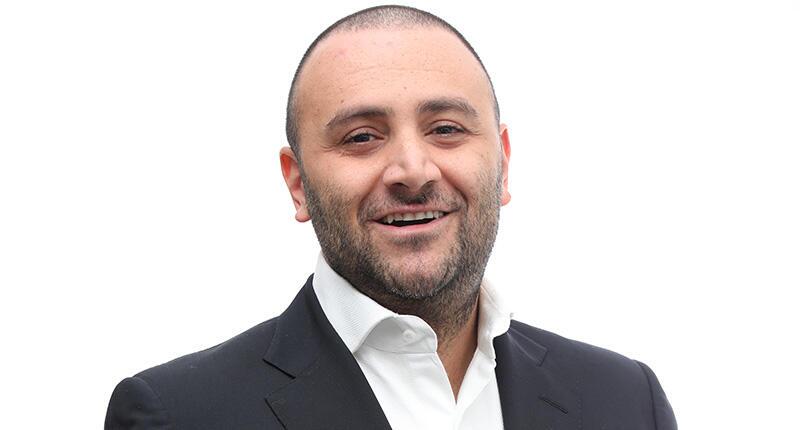Google Ads Payment Policy Change: What It Means For You
The change to accepted payment methods for Google Ads might seem like an irritation but actually is an opportunity, Emmanuel Raheb writes.
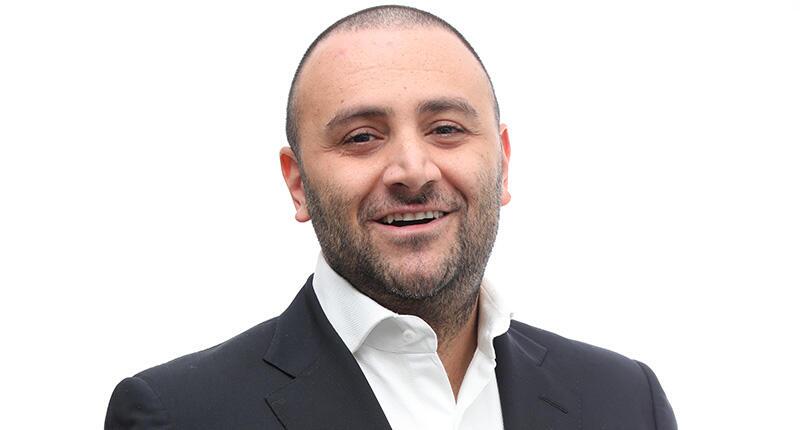
Google’s latest payment policy change is a perfect example of how quickly things can change.
In June, Google notified certain advertisers that it will no longer accept debit and credit cards as payment options for Google Ads, effective July 31.
This includes PPC (pay-per-click), display/retargeting, shopping, and all other ad formats the company offers.
To comply with Google’s new policies, advertisers must switch to bank-based payment options. These include wire transfers and payment by check (through monthly invoicing), which provides you with a 30-day payment window.
You can also set up automatic payments through direct bank debit. Though available only in certain regions, this option ensures your account stays current without the need for manual intervention.
Delaying making the switch could mean disruptions in your Google Ads.
If your account isn’t updated to one of these new payment methods, you risk suspension, which will affect your ability to reach potential customers, a disruption no jewelry business can afford.
Let’s dive into what this new policy means for you and how you can make the most of it.
Google’s decision to phase out debit and credit card payments for many advertisers using Google Ads signals that things are tightening and that the digital advertising landscape is in flux.
While this change currently impacts only a select group, it’s expected to become the norm soon and will impact everyone, including you.
Don’t be caught off guard when these policies become universal. If you haven’t made the change yet, now is the time to act.
At first, the change might feel like an inconvenience, another obstacle to overcome, but it can be an opportunity in disguise.
By moving away from credit cards, you will cut down on those pesky processing fees that eat into your budget. These fees might seem minor, but for any jewelry business running a lot of campaigns, they can add up quickly.
Think about what you could do with those savings.
You could reinvest them into expanding your inventory, upgrade the customer experience at your store, or launch a new marketing initiative.
This isn’t just about switching payment methods; it’s about making every dollar work harder for your jewelry business and that starts with controlling your costs.
The change from Google should be looked at as a positive one because it makes you more disciplined about making every penny count.
There’s another big benefit here—predictability.
Monthly invoicing gives you a clear, consistent timeline and helps you to better manage your store’s finances.
Also, when you use a bank-based payment method, you gain financial stability, which allows for better planning, smoother operations, and less stress. No more worrying about juggling multiple credit cards, changing billing dates, interest payments, and/or late fees.
Don’t wait until Google forces your hand. You need to get ahead of this change now.
By making the switch today, you ensure that your ad campaigns will continue without interruption. Be proactive about it.
As you make this transition, it’s also a good time to consult with your digital marketing team or agency.
They can help make sure that you follow Google’s policies and your switch to a new payment method is as smooth as possible, and that you’re taking full advantage of any other incentives or benefits Google has to offer.
For example, if you’re planning a major campaign for the fall season and/or Black Friday (Nov. 29), you’ll want to make sure your payment processes are set up properly and streamlined to avoid any disruptions.
In digital marketing, you always need to be looking forward. Change is inevitable; it’s how you respond to it that will set your jewelry business apart.
Remember, this isn’t just about doing what Google wants you to do.
It’s about doing what’s in the best interest of your store and keeping your digital marketing ads running while your competitors’ ads go dark. Simply put, it’s a smart move.
As a Google Premier Partner, Smart Age Solutions is equipped to help your business not only understand these changes but use them to your advantage. We have a team of experts fully focused on strategic planning, financial management advice, and giving your business the continuous support it deserves.
Reach out to us today at info@smartagesolutions.com for a consultation or more information, so that we can help your business reach its full potential.
We’re ready to help you succeed.
The Latest

Said to be the first to write a jewelry sales manual for the industry, Zell is remembered for his zest for life.

The company outfitted the Polaris Dawn spaceflight crew with watches that will later be auctioned off to benefit St. Jude’s.

A buyer paid more than $100,000 for the gemstone known as “Little Willie,” setting a new auction record for a Scottish freshwater pearl.

Supplier Spotlight Sponsored by GIA.
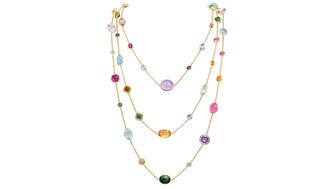
Anita Gumuchian created the 18-karat yellow gold necklace using 189 carats of colored gemstones she spent the last 40 years collecting.


The giant gem came from Karowe, the same mine that yielded the 1,109-carat Lesedi La Rona and the 1,758-carat Sewelô diamond.

The three-stone ring was designed by Shahla Karimi Jewelry and represents Cuoco, her fiancé Tom Pelphrey, and their child.

Supplier Spotlight Sponsored by GIA
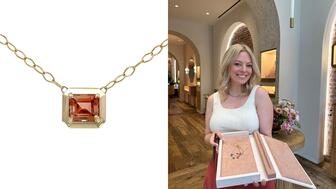
The Manhattan jewelry store has partnered with Xarissa B. of Jewel Boxing on a necklace capsule collection.

Acting as temporary virtual Post-it notes, Notes are designed to help strengthen mutual connections, not reach new audiences.

The jewelry historian discusses the history and cultural significance of jewelry throughout time and across the globe.

From fringe and tassels to pieces that give the illusion they are in motion, jewelry with movement is trending.

The designer and maker found community around her Philadelphia studio and creative inspiration on the sidewalks below it.

The industry consultant’s new book focuses on what she learned as an athlete recovering from a broken back.

The fair will take place on the West Coast for the first time, hosted by Altana Fine Jewelry in Oakland, California.

Hillelson is a second-generation diamantaire and CEO of Owl Financial Group.

Submissions in the categories of Jewelry Design, Media Excellence, and Retail Excellence will be accepted through this Friday, Aug. 23.

Known as “Little Willie,” it’s the largest freshwater pearl found in recent history in Scotland and is notable for its shape and color.

Clements Jewelers in Madisonville cited competition from larger retailers and online sellers as the driving factor.

The gemstone company is moving to the Ross Metal Exchange in New York City’s Diamond District.

Most of the 18th century royal jewelry taken from the Green Vault Museum in Dresden, Germany, in 2019 went back on display this week.

The Pittsburgh jeweler has opened a store in the nearby Nemacolin resort.
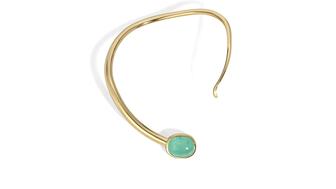
With a 40-carat cabochon emerald, this necklace is as powerful and elegant as a cat.

The Erlanger, Kentucky-based company was recognized for its reliability when it comes to repairs and fast turnaround times.

Unable to pay its debts, the ruby and sapphire miner is looking to restructure and become a “competitive and attractive” company.

The trend forecaster’s latest guide has intel on upcoming trends in the jewelry market.

Ingraham said she’ll use the scholarship funds to attend the Women’s Leadership Program at the Yale School of Management.










